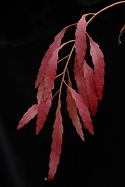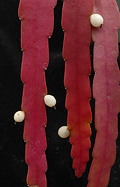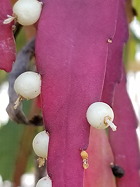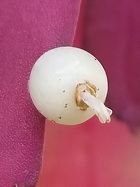This somewhat variable, epiphytic, rhipsaloid cactus has long been the subject of curiosity among cactus taxonomists. This is reflected in its taxonomic history, being first described as a Cereus in 1834, as were so many cacti early on. Later collections were described under a handful of new names along the way, but these are now considered to be synonyms. Since the original description, the taxon was transferred to Rhipsalis (1837), Hariota (1839), and then Disocactus in 1961 by Myron Kimnach. Barthlott later transferred it to Pseudorhipsalis (1991), but more recent DNA work by Arias and Korotkova (2016) has shown that it is distinct from all other relatives, meriting a new name, and, in fact, a new genus. It seems fitting that this new genus should honor Myron Kimnach, one of the most noted students of epiphytic cacti, for his long and productive taxonomic career from the 1960s until well into the 21st century. In addition, the plant is easily grown, and in some forms, such as the one offered here, the flattened, two-angled stems can blush bright red making this a desirable horticultural subject. We offer rooted cuts of HBG 49619, originally collected Mar 7, 1983, by Kimnach (2400), S. Linden and C. Horich where it was growing in a tree just W of Cachí reservoir in a canyon along the Río Paez in Prov. Cartago, Costa Rica. HBG 68825. $10.
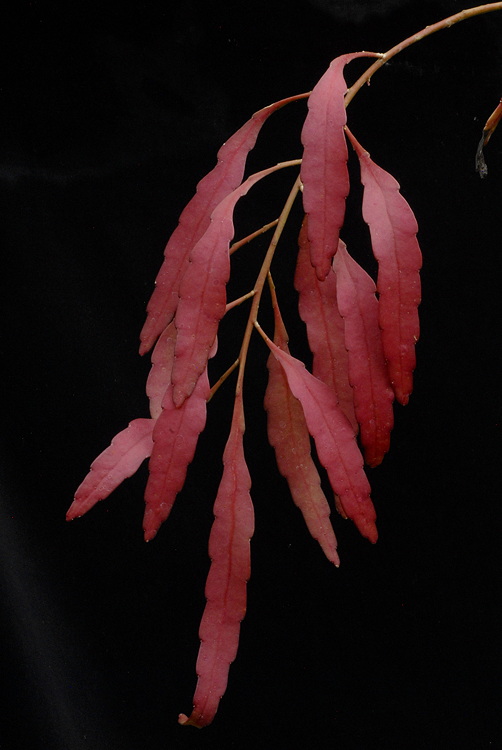
Published in the Cactus and Succulent Journal, Vol. 91 (2), Summer 2019
